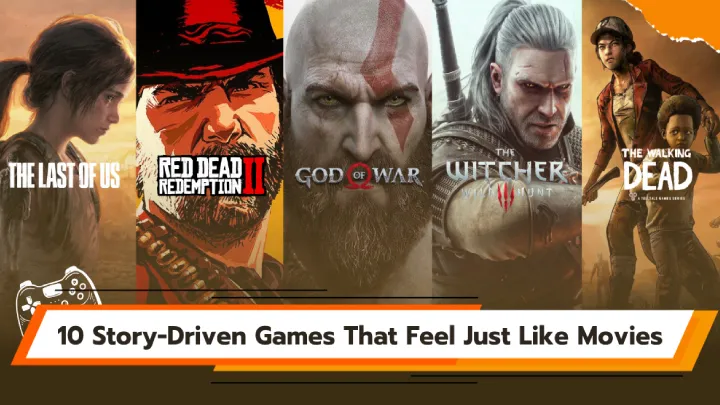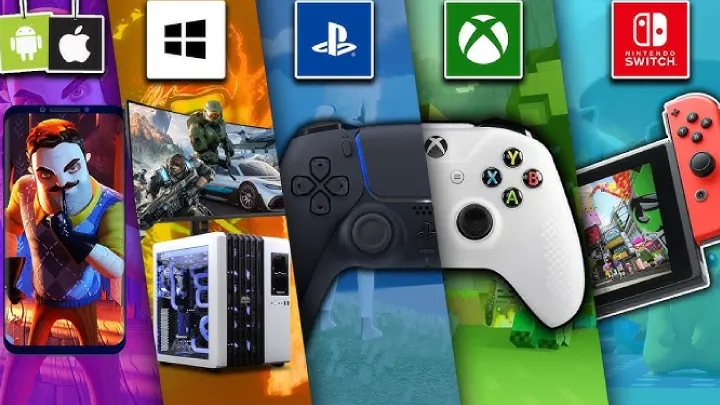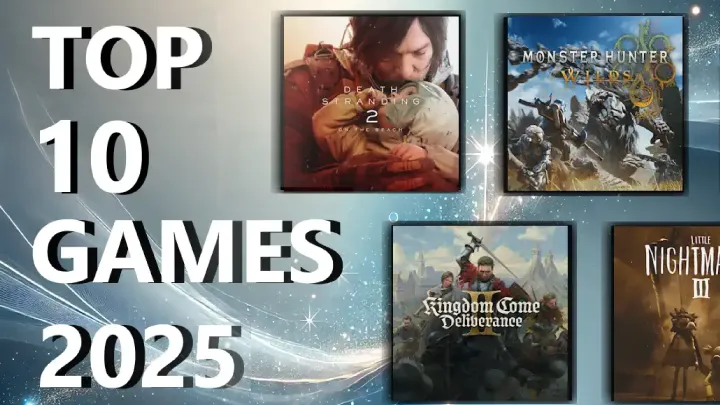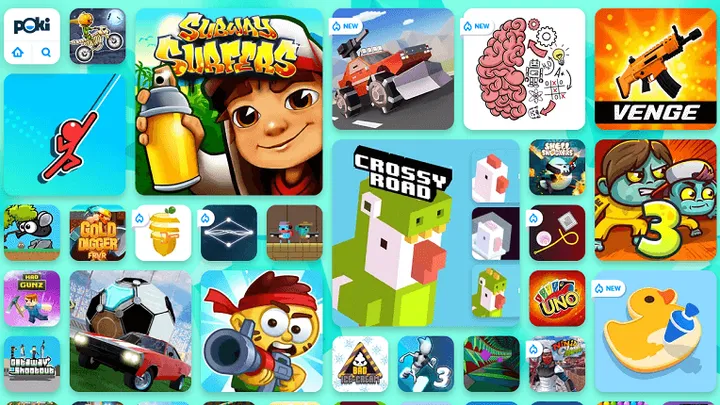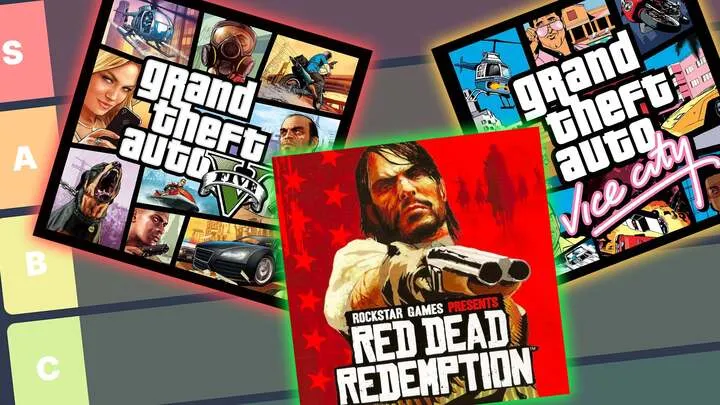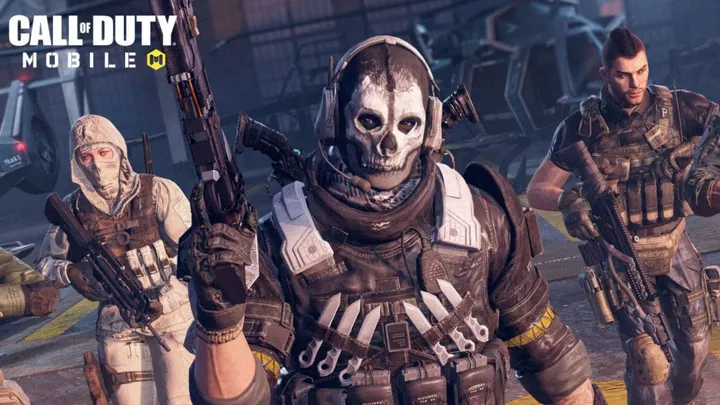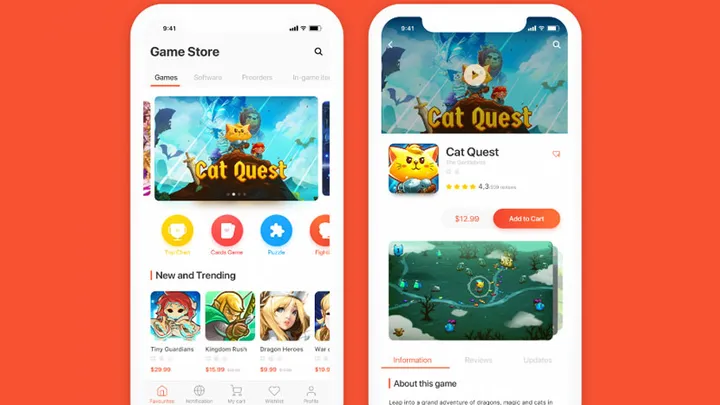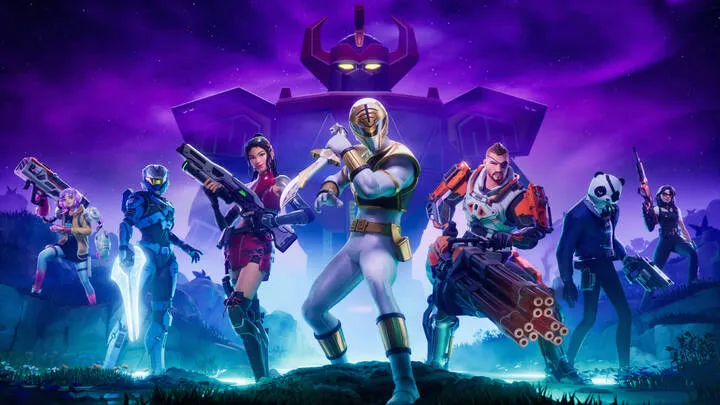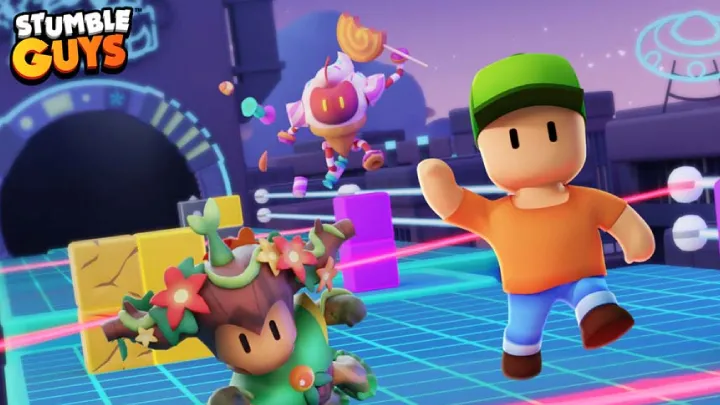Brawl Stars, Supercell’s high-speed multiplayer hit, thrives on intensity. Short matches, rapid decision-making, and constant player-versus-player competition make it one of the most exciting mobile titles. Yet, that same intensity creates a problem many players overlook: cognitive fatigue. This is the mental exhaustion that builds up after long gaming sessions, often leading to slower reactions, poor decisions, and eventual burnout.
This feature explores how to understand and manage cognitive fatigue in Brawl Stars, not through simple guides, but by analyzing the science, the design, and the community’s experiences. It explains how to balance enjoyment and performance without falling into the trap of overexertion.
1. How to Recognize Cognitive Fatigue in Brawl Stars
Unlike physical tiredness, cognitive fatigue is subtle. In Brawl Stars, it shows up as missed shots, late reactions, or failing to coordinate with teammates. Many players blame lag or matchmaking, when in fact their brain is simply overworked.
Recognizing these patterns is the first step. If your win rate drops despite consistent effort, or you find yourself frustrated more quickly, fatigue may be the hidden cause.
2. How to Understand Why Brawl Stars Drains the Mind
Matches in Brawl Stars last just a few minutes, but each is filled with constant movement, aiming, and strategy. That repeated burst of mental demand is what drains players.
Understanding this helps explain why three hours of Brawl Stars can feel more exhausting than three hours of casual gaming elsewhere. The design itself demands total focus, and too much focus leads to overload.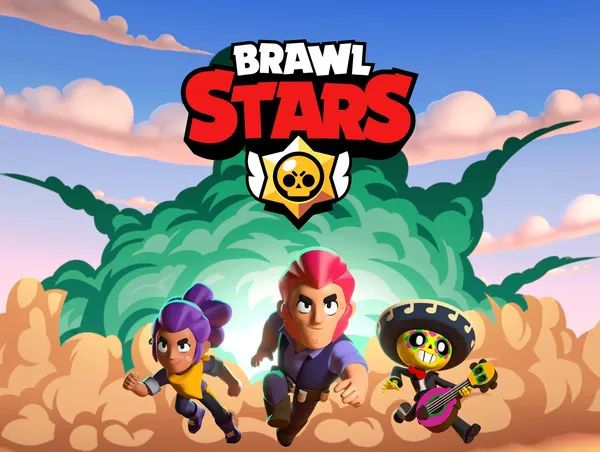
3. How to See the Science Behind Mental Overload
Neuroscience shows that the prefrontal cortex—the part of the brain responsible for attention and strategy—has limits. After extended strain, its performance naturally declines.
In practical terms, this means that after 30–45 minutes of Brawl Stars, reaction speed and decision-making ability start to drop. The science makes it clear: mental limits exist, even for digital athletes.
4. How to Learn From the Community’s Experience
Brawl Stars players frequently share stories of fatigue in forums and social groups. Many describe sessions where they lose trophies for hours because they can’t stay sharp. Others admit to frustration boiling over after long rank pushes.
These experiences show that cognitive fatigue is not rare—it is a common shared challenge. Learning from the community highlights how widespread the issue really is.
5. How to Understand the Role of Gamification
Supercell’s design keeps players hooked with trophies, progression bars, and battle pass milestones. These systems reward long play, but they also pressure players to keep going when tired.
This makes fatigue worse. What begins as fun quickly becomes obligation, with players grinding for rewards even as performance declines. Understanding this trap is essential to avoiding it.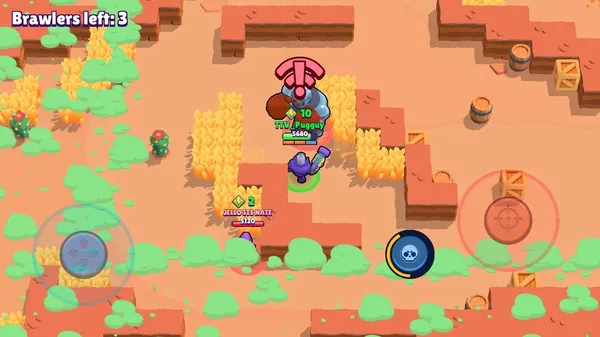
6. How to Spot the Symptoms of Fatigue
Cognitive fatigue in Brawl Stars has clear signs:
- Missing easy shots you usually land
- Slower reactions to enemy ambushes
- Frustration with teammates over small mistakes
- Feeling drained after just a few matches
Spotting these signals means you can act before fatigue ruins both your performance and your mood.
7. How to Balance Short-Term Play and Long-Term Success
In the short term, pushing for trophies or climbing ranks feels rewarding. But in the long term, fatigue leads to burnout, and burnout drives players away.
Balancing the two means accepting that sustainable growth matters more than one exhausting grind session. Knowing when to stop is as important as knowing how to win.
8. How to Prevent Overexertion Without Losing Momentum
Prevention does not mean avoiding the game. Instead, it means managing sessions wisely. Alternating between ranked matches and casual play, limiting time spent, or pausing between intense streaks all help preserve mental energy.
By pacing play, players maintain momentum without hitting the wall of exhaustion. Prevention is the difference between temporary frustration and long-term enjoyment.
9. How to Apply Smart Play to Ranked Battles
Ranked battles are where fatigue hits hardest. When tired, players lose trophies at a faster rate than they gain them. Many walk away feeling defeated, when the problem wasn’t skill but fatigue.
Smart application means tackling ranked only when alert and focused. Fatigue turns competitive play into wasted effort. Knowing how to time ranked pushes separates consistent players from burned-out ones.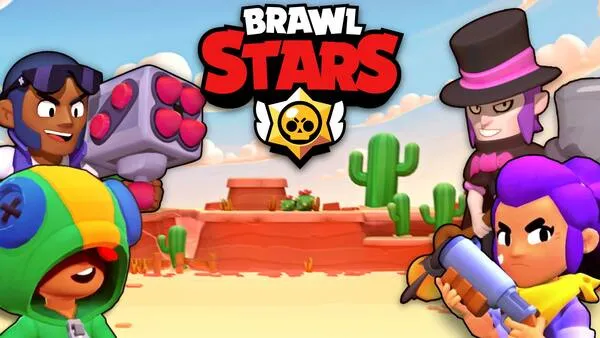
10. How to Shape the Future of Cognitive Play
Looking ahead, Brawl Stars could help address fatigue through adaptive systems—such as playtime notifications or gentle reminders to rest. The challenge for developers is balancing engagement with player well-being.
For players, the future lies in self-awareness. By learning how fatigue works, and how to manage it, they can make Brawl Stars a game of long-term excitement rather than short-lived frustration.
Conclusion
Brawl Stars is built on speed, strategy, and fun, but cognitive fatigue is an invisible opponent many players underestimate. By understanding how it develops, spotting its symptoms, and learning how to manage it, players can stay sharp and enjoy the game without burning out.
The real key is not endless grinding—it is knowing how to balance play with mental limits. That is how to keep winning in Brawl Stars, both in the game and outside of it.








